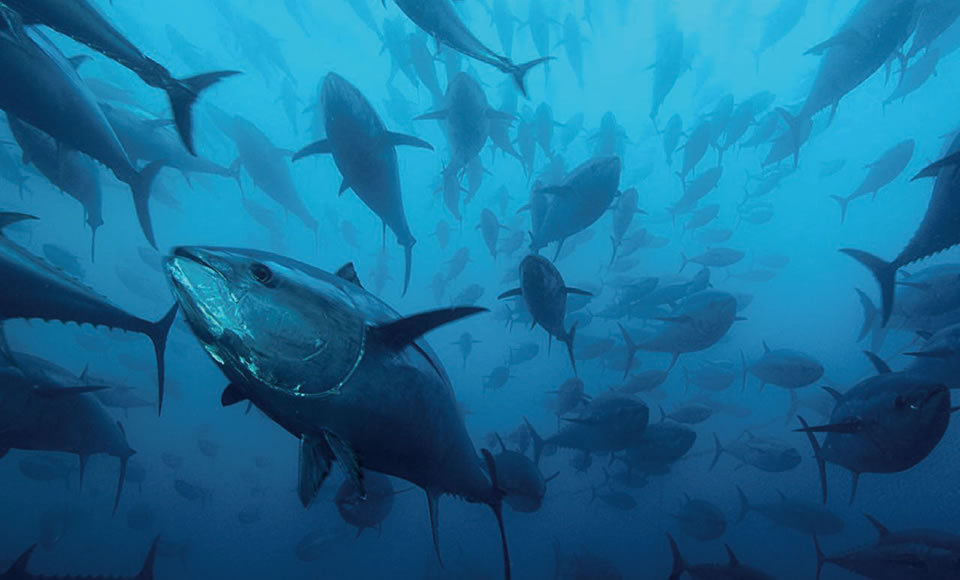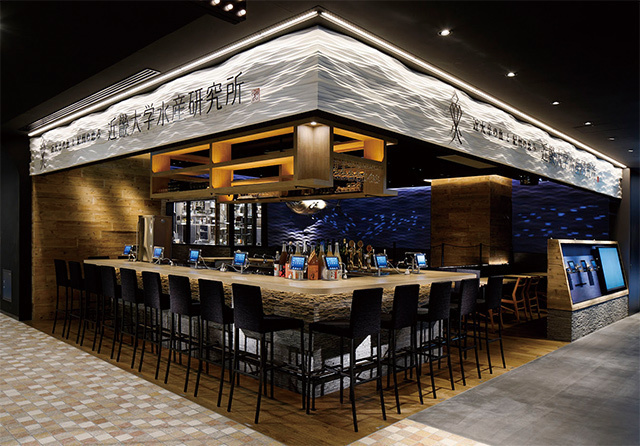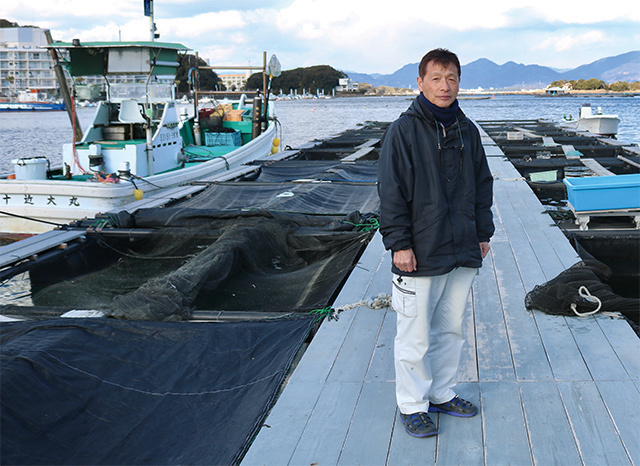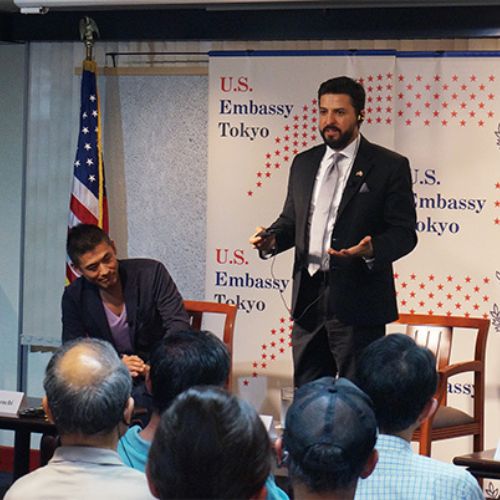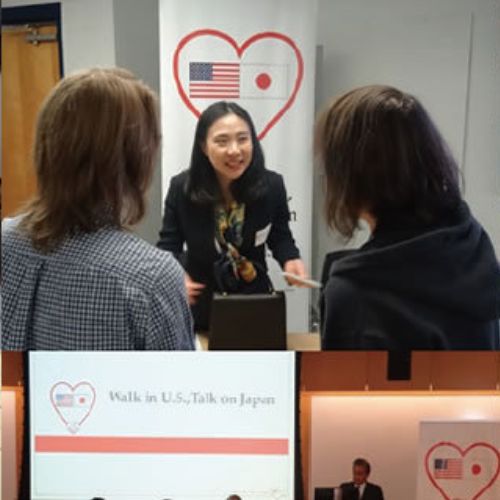Called the “diamond of the sea,” bluefin tuna has long been popular as a high-end neta (topping) for sushi. However, with the growing popularity of fish-based cuisine around the world, excessive harvesting of tuna by many fishing nations has drawn attention from the international community. In particular, overfishing of bluefin tuna in the Pacific has led to serious concerns about the depletion of bluefin tuna stocks, prompting the International Union for Conservation of Nature (IUCN) to add Pacific bluefin tuna to its Red List of Threatened Species in 2014. Furthermore, there have been active movements calling for the regulation of trade in Pacific bluefin tuna by designating it as an endangered species under the Convention on International Trade in Endangered Species of Wild Fauna and Flora (CITES), also known as the Washington Convention. Amid these recent developments, a new aquaculture technique developed at the Aquaculture Research Institute of Kindai University in Japan is garnering attention for successfully producing the world’s first fully farm-raised bluefin tuna.
“We began our research on cultivating fully farm-raised bluefin tuna in 1970 after receiving funding from the government’s Fisheries Agency to conduct research on the cultivation of aquatic resources,” says Shukei Masuma, general director of the Aquaculture Research Institute of Kindai University. Masuma goes on to explain, “Although tuna and other marine resources were still plentiful at the time, researchers were already anticipating that overfishing of aquatic resources would occur in the future as the world’s human population continued to grow and various countries achieved economic development. Meanwhile, Japan understood the importance of advocating the idea among the international community that there was a need for maritime nations to act responsibly and not only harvest marine resources, but also protect these resources through aquaculture. It was amid this backdrop that the Fisheries Agency began approaching outside research institutes and funding research toward developing techniques of propagating and cultivating tuna species, turning to institutes that had the facilities, equipment and proven experience necessary to handle such research.”
The “Kindai University Aquaculture Research Institute” restaurant Osaka branch. Its mission is “putting ‘learning for the real world’ into practice for future research.”
Nobody at the time, though, imagined that cultivating fully farm-raised bluefin tuna would prove so difficult as to require 32 years of research before the first success. Normally, the cultivation of farm-raised tuna involves capturing fry (juveniles) weighing between 100 and 500 grams (3.5 to 17.6 oz.) from the sea and raising them in net pens in the sea for three or four years until they weigh about 50 or 60 kilograms (110 to 132 lb.). Unfortunately, this technique necessitates capturing large numbers of wild fry, making it an ineffective measure for preserving aquatic resources. Thus, the key point lies in achieving the production of fully farm-raised tuna without relying on wild fry. Producing fully farm-raised tuna consists of raising wild fry into adult fish (farm-raised tuna), having these farm-raised tuna lay eggs, artificially hatching these eggs and then once again raising the resulting spawn into adult fish (fully farm-raised tuna). While the process may sound fairly simple, in fact many research institutes, with support from the national and local governments, tried and ultimately failed to accomplish the cultivation of tuna over the course of 32 years. In the end, Kindai University, the only institution that continued its research for 32 years, succeeded in producing the world’s first fully farm-raised Pacific bluefin tuna in June of 2002.
When asked about the secret to Kindai University’s success in cultivating fully farm-raised tuna, Masuma explains, “At first, we received funding from the national and local governments to develop aquaculture techniques, just like other research institutes. However, we actually put into practice the aquaculture techniques that we had developed and perfected through our research, and sold the cultivated yellowtail, red sea bream and other fish to wholesale markets. We then applied the proceeds from these sales to our research on bluefin tuna aquaculture so, as a matter of fact, we were able to continue our research even when official funding dried up.” Upon further reflection, Masuma adds, “In the end, what really supported us and kept us going throughout all the repeated failures was the words of the founding creed of Kindai University’s Aquaculture Research Institute: ‘Cultivate the seas!’”
In 2013, the Aquaculture Research Institute of Kindai University opened restaurants in Osaka and Tokyo serving their farm-raised fish. The name of the restaurants, fittingly, is “Kindai University Aquaculture Research Institute.” The purpose of these restaurants is not merely to serve fully farm-raised bluefin tuna and other fruits of their research as dishes, but also to obtain feedback from customers on taste, price levels and so forth to use in furthering their research. The fact that their restaurant business is also turning a profit is a testament to the quality and appeal of their cultivated fish.
Masuma considers Kindai University’s research on fully farm-raised bluefin tuna to be a mission of great importance, saying, “Amid growing concerns over the depletion of aquatic resources and marine pollution, I hope to deliver safe and delicious farm-raised fish from Japan to dinner tables around the world.”


























